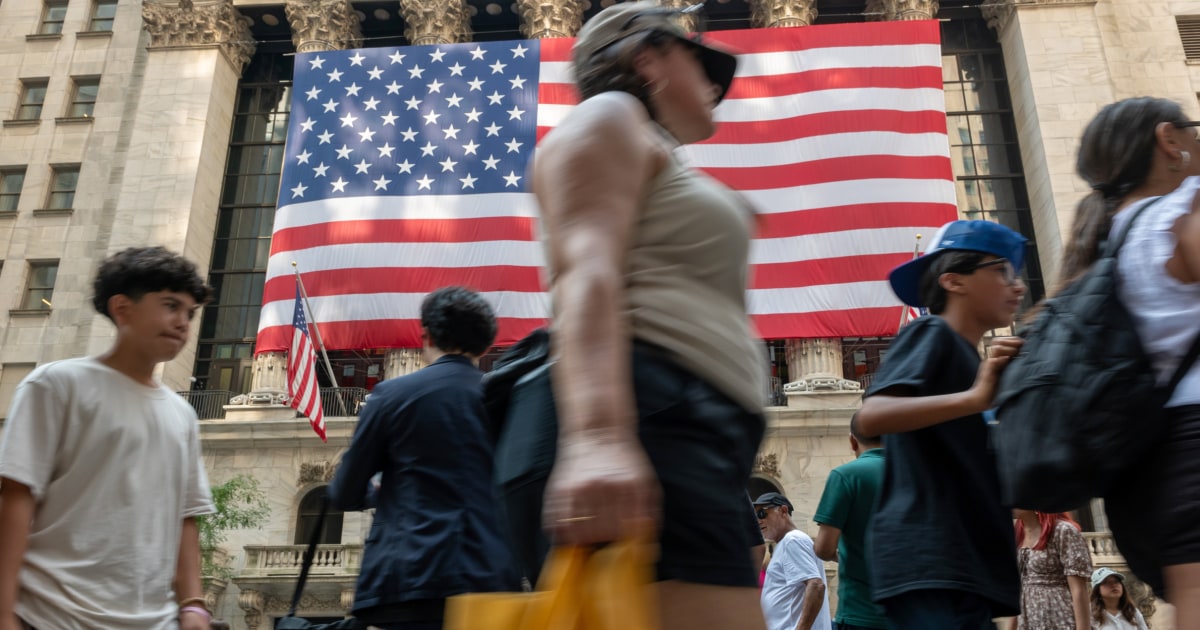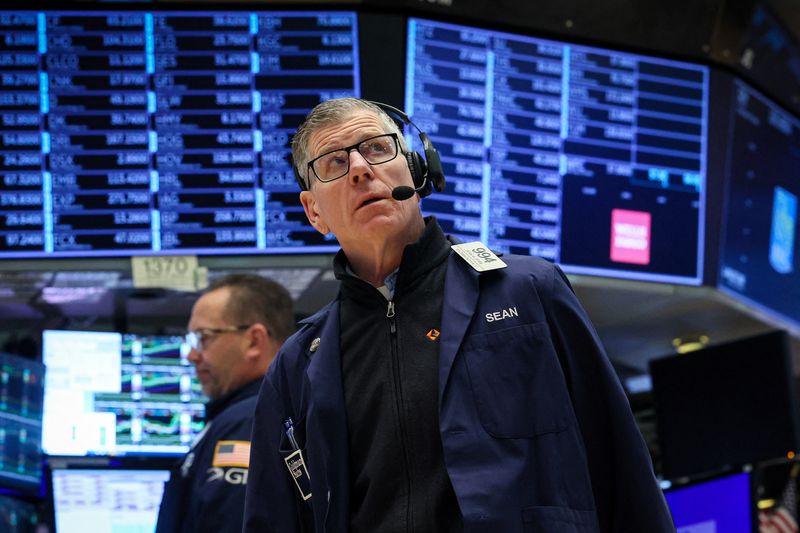
Record-breaking days for the S&P 500 and Nasdaq marked the financial markets on July 9, 2024, as investors eagerly anticipated key inflation data and second-quarter earnings reports from major companies. The economic landscape remained optimistic with expectations of a Federal Reserve interest rate cut due to easing inflation and pockets of weakness in the economy.
The S&P 500 closed at an all-time high of 5,572.85, while the Nasdaq Composite advanced by 0.28% to reach a new record high of 18,403.74. The Dow Jones Industrial Average finished with a slight decline of 31 points or 0.08%, closing at 39,344.79.
The market's positive sentiment was driven by the belief that the Federal Reserve would cut interest rates due to inflation easing and economic weakness. The June consumer price index (CPI) and producer price index (PPI) data were scheduled for release on Thursday and Friday, respectively, which could provide further insight into this possibility.
The U.S. economy added more jobs than anticipated in June but saw an unexpected rise in the unemployment rate to 4.1%. Despite this, traders expected two interest rate cuts from the Federal Reserve in 2024 according to the CME FedWatch Tool.
Piper Sandler issued a warning about a potential deeper correction or pullback for the S&P 500, despite maintaining its year-end target. The firm's technical indicators pointed towards weaker market internals and fewer stocks participating in the rally, which could undermine the sustainability of the current upswing.
Morgan Stanley's chief investment officer, Mike Wilson, predicted a near-term correction for U.S. stocks with a likelihood of 10%. He believed that Nvidia's soaring first-half gain contributed around a third to the S&P 500's advance and warned about expensive names in the market.
Fed Watch Advisors founder Ben Emons expressed concerns about market froth and speculation, particularly in meme stocks. The Federal Reserve also mentioned hedge funds having more leverage and large basis trades, which could have unknown unwinding implications.

